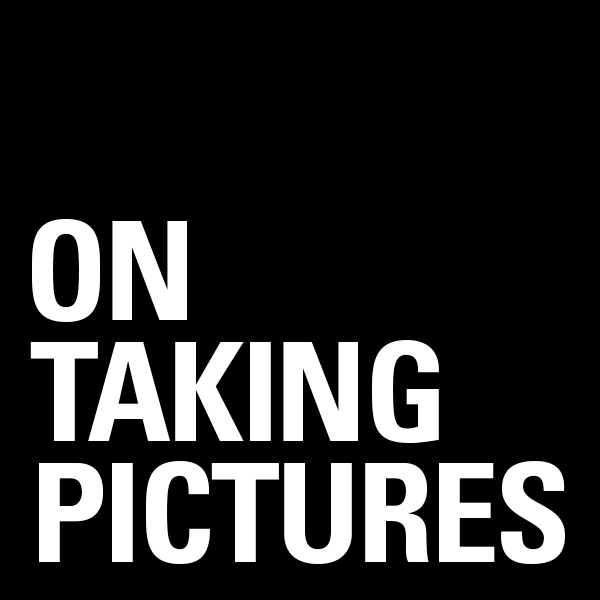 OK, listen up. The most important component of your camera is the lens. If there is a place to spend the money, it’s on the glass. I’d take a 5 year old 20D with a good lens over a top of the line 1Ds MkIII with a crappy lens any day of the week. I can’t tell you the number of people I see who have this all wrong. Last year at the Grand Canyon, I saw a girl with a high-end Gitzo tripod, 5D body, and some crappy consumer level zoom lens on the front. Honestly, I almost pushed her over the edge.
OK, listen up. The most important component of your camera is the lens. If there is a place to spend the money, it’s on the glass. I’d take a 5 year old 20D with a good lens over a top of the line 1Ds MkIII with a crappy lens any day of the week. I can’t tell you the number of people I see who have this all wrong. Last year at the Grand Canyon, I saw a girl with a high-end Gitzo tripod, 5D body, and some crappy consumer level zoom lens on the front. Honestly, I almost pushed her over the edge.
There is a lot of talk about the mega-pixel race in digital cameras. I remember my first little 2MP digital Elph, and how I bought my father a little Kodak digital camera that I think put out only a 640×480 image and still cost $199. We’ve gone from 4MP to 22MP in about 8 years, that’s pretty nuts. The problem is that the number of pixels on the sensor is meaningless if the light that gets to the sensor is crap. And that means quality lenses, or in the cool photographer parlance “glass”.
You can cut up the subject of lenses along many different lines, but I’ve chosen to start this discussion by dividing prime lenses from zooms. For the uninitiated, a ‘prime’ lens is one with a fixed focal length, while a ‘zoom’ has a continuously variable focal length within a certain range. So for example a prime might have a focal length of 50mm and a zoom 24mm to 70mm.
In the beginning, there were only primes. Large format cameras only use fixed focal length lenses, as are most medium format lenses as well. For decades, this extended into the 35mm world as well. Through the rangefinder age (Leica, yum) and into the SLR revolution of the 70’s. While zooms had been invented and in use since the 1920’s, it wasn’t until their prices came down to earth and their performance improved that they invaded the photographic world. I attribute that shift to the use of computers in their design. The Canon 24-70 f/2.8 zoom for example has 16 glass elements in 13 groups, which all have to remain in alignment and perform well from wide angle to portrait and macro to infinity. I’m not sure about you but designing something like that without a computer sounds near impossible (cut to me getting screaming emails from optical engineers). Prime lenses are much simpler. Even the high-end 50mm/1.2 only has 8 elements, and all things being equal, the fewer elements that bend my light it’s way to the sensor, the better.
In the recent past and for most people in the world, zoom lenses have been their bread and butter. In fact, many SLR owners only have one lens, it’s a zoom, and it stays on the body at all times. This is fine for the parent who bought a digital rebel with a kit lens to take pictures of their newborn and whatnot, but you’re not getting the most out of that camera.
So people may talk about the latest 22MP Canon monster (which I’m totally salivating over) or the fabled 24MP Sony sensor that’s in the wings. However, all these sensors are going to show is the limitations of most of the lenses you put in front of them. Now, I’m not one of those people who says that the 22MP sensor ‘out-resolves’ the available lenses. It probably bests some of the lower-end and consumer glass, but it will certainly show weaknesses that got lost in the past. Camera shake, inaccurate focusing, vignetting, and yes, at wide apertures, especially on zooms, they will not be sharp enough.
So what’s the answer. Well, first, better technique. Second, Primes.
As a Canon user I’ve got all the good zooms.. 17-40L, 24-70L, 70-200L (and I had the 24-105L for a time). But you know what? I rarely use them anymore. What I do use are my primes. A 28mm, a 50mm, and a 100mm (the last occasionally). They’re simpler, smaller, lighter, sharper, require less light, are more contrasty, and by using them I’ve gotten much better at visualizing shots before I ever bring the camera to my eye. Less versatile? Perhaps, but if you need to zoom, zoom with your feet.
If you only have zooms, do yourself a favor and go buy or borrow a decent prime lens. Canon makes a 50mm 1.8 that’s less than $100 and other companies have good deals as well so you’ve got no excuses. If you own primes but have fallen into the habit of using your zooms all the time, take another look. Your pictures will be sharper with more contrast, your viewfinder will be brighter, and you will be less likely to hurt your back from carrying it around.
More thoughts on “glass” to come…
